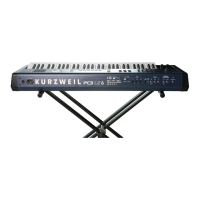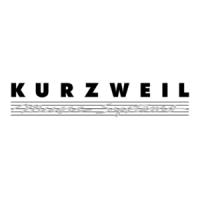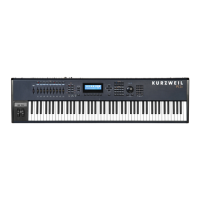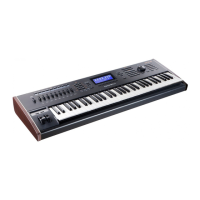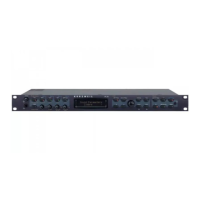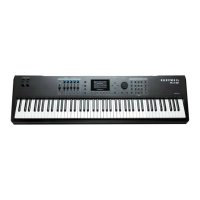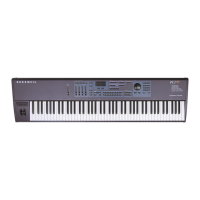Musician’s Guide
(For PC3LE6, PC3LE7, and PC3LE8)
©2010 All rights reserved. Kurzweil ® is a product line of Young Chang Co., Ltd. Young Chang®, Kurzweil ®, V. A. S. T. ®, PC3LE®, PC3®,
X-Pro, KDFX®, Pitcher®, and LaserVerb®, KSP8 ™, K2661™, K2600™, K2500™, and K2000™ are trademarks of Young Chang Co., Ltd. All
other products and brand names are trademarks or registered trademarks of their respective companies. Product features and specifications
are subject to change without notice.
You may legally print up to two (2) copies of this document for personal use. Commercial use of any copies of this document
is prohibited. Young Chang Co. retains ownership of all intellectual property represented by this document.
910520-003 – March 2010
